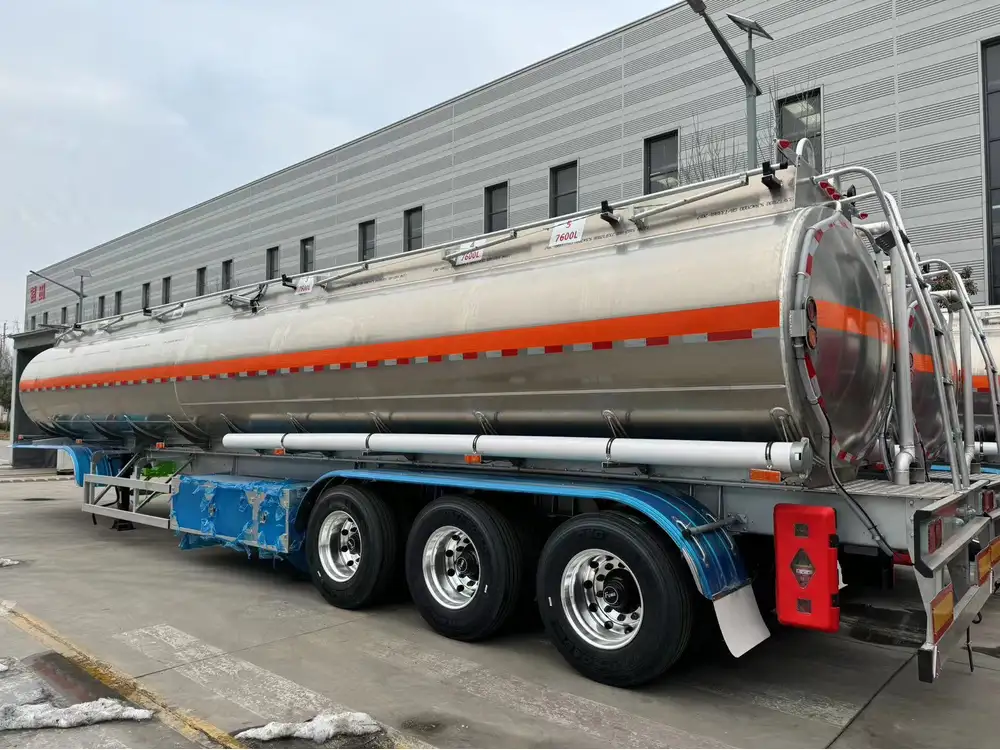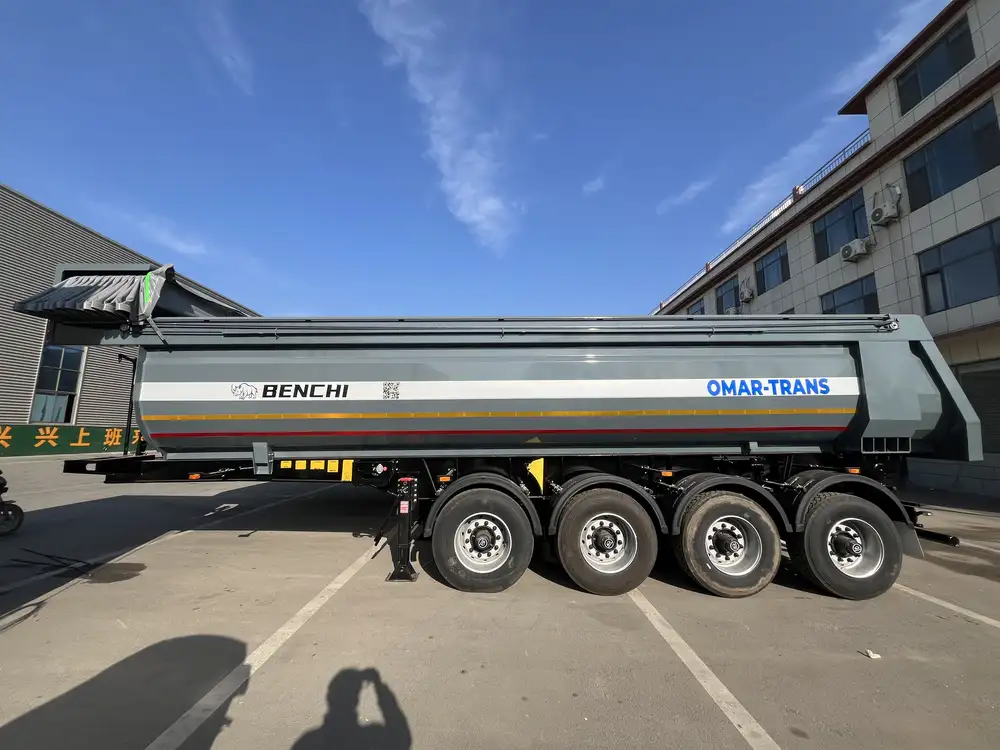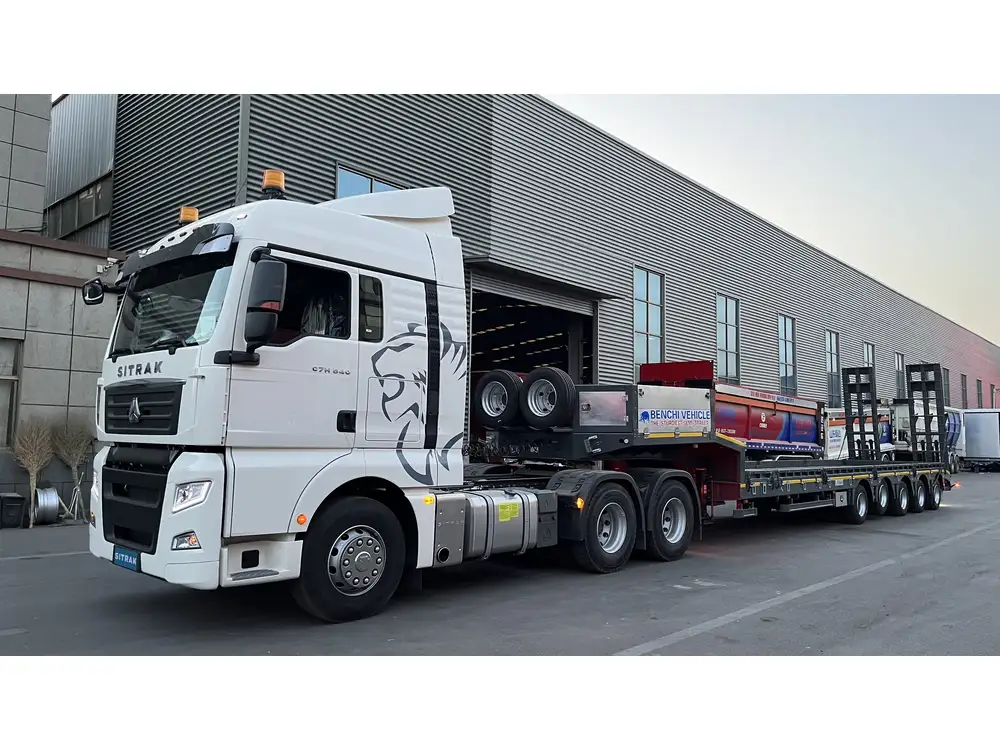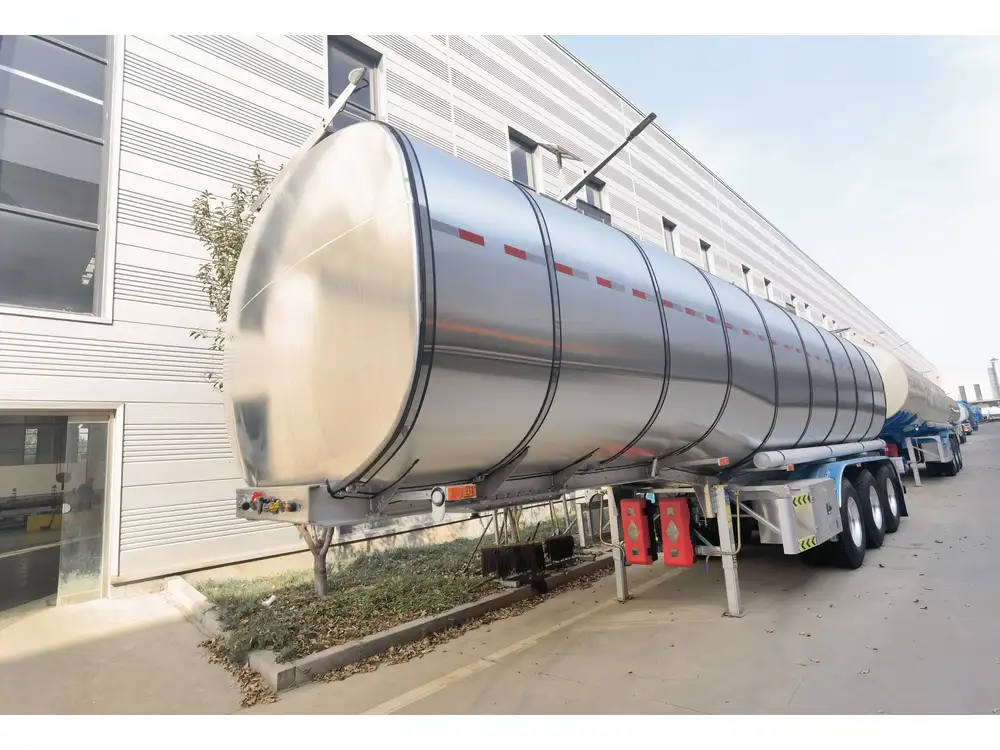When it comes to transportation and logistics, the dimensions of hauling equipment like semi-trailers play a crucial role. A common query among fleet operators, transport logistics managers, and truck owners pertains to the height of the rear of a semi-trailer. Understanding this specification is essential for ensuring compliance with regulatory requirements, optimizing loading processes, and preventing transport mishaps. In this article, we provide an exhaustive overview of semi-trailer heights, exploring various aspects that influence their design and usage.
The Standard Height of Semi-Trailers
Industry Standards
The height of a semi-trailer is largely dictated by industry regulations and standards. In the United States, the Federal Highway Administration (FHWA) stipulates specific maximum heights for truck and trailer combinations:
- Maximum overall height: 13.5 feet (162 inches)
- Typical height of the trailer: 13 to 13.5 feet
These standards can vary across states or countries, depending on regional regulations. For example, some states mandate lower maximum heights for specific routes, particularly those that have clearance limitations due to bridges or overpasses.
| Aspect | Measurement |
|---|---|
| Typical Trailer Height | 13 to 13.5 feet |
| Maximum Allowed Height | 13.5 feet (162 inches) |

Height Variations by Trailer Type
The height of the back of a semi-trailer can vary considerably based on the trailer type. Below are descriptions of various common trailer types and their respective height specifications:
- Flatbed Trailers: These generally have lower overall heights, ranging from 13 to 13.5 feet, to accommodate larger loads on flat surfaces.
- Reefer Trailers: Used for transporting temperature-sensitive shipments, reefer trailers may have similar heights to standard trailers but can differ based on added insulation.
- Enclosed Trailers: Enclosed trailers typically mirror standard trailer heights but may ascend to 14 feet in certain specialized instances, allowing for various cargo configurations.
Special Height Considerations
- Customizations: Some operators invest in custom-built semi-trailers to meet unique loading requirements, which can drive height alterations.
- Load Specifications: The cargo carried can influence how high the trailer sits; therefore, ensuring the load doesn’t exceed manufacturer’s stated heights is paramount.
- Suspension Systems: Air ride suspension systems may allow for slight adjustments in trailer height, impacting overall alignment during loading.
Importance of Height Compliance
Understanding the height of semi-trailers isn’t simply an exercise in dimensional measurement; it can significantly affect operations in various ways:

1. Compliance with Laws and Regulations
The foremost impact of maintaining correct height dimensions is adherence to transportation laws. Failing to comply can result in fines, accidents, and increased liability in the event of incidents.
2. Optimizing Load Capacity
Proper height also correlates to maximizing load capacity during transport. A trailer that is too high may risk overhead collisions or obstructions, while a trailer with inadequate height can lead to inefficient cargo arrangements.
3. Safety Implications
Height considerations are critical for maintaining stable vehicle handling. An overloaded or incorrectly loaded trailer height can affect braking distance, center of gravity, and overall stability, leading to accidents.
| Compliance Aspect | Description | Consequence of Violation |
|---|---|---|
| Legal Compliance | Adherence to local laws | Fines and penalties |
| Load Capacity | Optimize cargo fitting | Inefficient transport |
| Safety | Vehicle handling stability | Increased accident risk |

Measuring Trailer Height
The correct method for measuring the height of a semi-trailer is essential for achieving accuracy. Steps for proper measurement include:
- Find a Level Surface: Ensure the trailer is parked on flat ground.
- Measure from Ground to Top of Trailer: Use a measuring tape and measure vertically from the ground to the top of the trailer, ensuring the tape is straight and level.
- Consider Additional Features: If the trailer has a roof vent or other protruding features, measure to the highest point.
Tools for Measurement
- Measuring Tapes: A sturdy, durable measuring tape (at least 25 feet long) is ideal.
- Laser Level: A modern solution for ensuring accurate heights, perfect for busy logistics facilities.
- Spotters for Assistance: If measuring from ground to trailer top is challenging, a second person can assist by keeping the tape taut and straight.
Trailer Height Adjustments

Adjustable Suspension Systems
Modern semi-trailers often feature adjustable air suspension systems that allow for real-time height modifications based on load, road conditions, or personal preference.
- Benefits:
- Enhanced Load Distribution
- Improved Handling
- Increased Passenger Vehicle Compatibility
Regular Maintenance
Routine checks and maintenance of trailers should include inspection of the suspension system to ascertain if it is functioning optimally. Issues can arise from wear and tear that could inadvertently affect height adjustments.
Troubleshooting Common Height-Related Issues

1. Overheight Incidents
Overheight incidents can cause truck drivers significant delays and legal challenges. Monitoring the load and adhering to the vehicle height limit is crucial. Consider investing in height detection systems.
2. Underloading and Stability
Underloading issues can lead to stability problems. Keeping the load distributed evenly throughout the trailer will enable optimal handling and lower the risk of tipping.
3. Frequent Clearance Checks
Regular clearance checks should be standard practice for drivers operating in areas known for low bridges or overpasses to avoid future mishaps.
| Issue | Recommended Action |
|---|---|
| Overheight Incidents | Install height detection sensors |
| Stability Concerns | Ensure even load distribution |
| Clearance Checks | Routine inspections before trips |

FAQs about Semi-Trailer Heights
What is the maximum height allowed for tractor-trailers?
The maximum height allowed for tractor-trailers is generally 13.5 feet (162 inches) in the U.S.
Can I modify the height of my semi-trailer?
Yes, semi-trailers can be modified for height, but it is crucial to stay within legal regulations to prevent complications.

Does the height of a load impact the semi-trailer height?
Absolutely. Loads affect the overall height and should always be considered to prevent violations of clearance regulations.
How can I ensure my trailer remains compliant with height standards?
Regular inspections, clear marking of loading limits, and educational resources for drivers can ensure compliance and operational safety.
Conclusion
Understanding how the height of the back of a semi-trailer impacts logistics, safety, and legal compliance is vital for anyone involved in the transportation industry. As manufacturers of high-quality semi-trailers, we prioritize not only the adherence to standard dimensions but also accommodate needs through customizable solutions. By employing the right measures, employing regular checks, and leveraging technology for height management, we can ensure that our trailers serve their purpose efficiently while navigating the challenges of the road.
For further inquiries about semi-trailer specifications, custom solutions, and height management strategies, feel free to reach out or consult our extensive collection of resources on our website.



